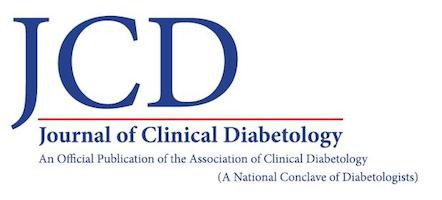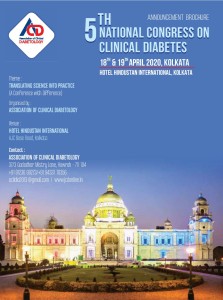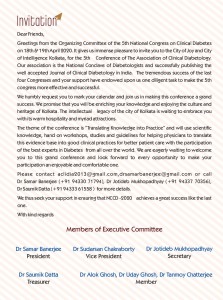 Intensive Glycemic Control in Intensive Care Unit
Intensive Glycemic Control in Intensive Care Unit
Dr. Jothydev Kesavadev, Dr. Gopika Krishnan
Tight glycemic control (target level of 80–110 mg/dL) improves outcomes in intensive care unit (ICU) patients. Subsequent trials do not confirm the same benefit. Moreover, increased mortality was found in association with such tight control compared with a less strict target. As a result, tight glucose control has become less popular. The interaction between diabetic status and outcomes in relation to glucose control strategies and/or chronic glycemic state in perioperative and critically ill patients was examined.
An Improvement in Quality of Life and Metabolic Status (HbA1C) in Type 1 Diabetic Patients By Multiple Educational Programs
Dr. Banshi Saboo, Dr. Praful Talaviya, Dr. Shashank Joshi, Dr. Hardik Chandarana, Dr. Smita Shah
The present study was aimed to assess quality of life (QOL) and metabolic status (HbA1C) of adult type 1 diabetic (T1D) patients by multiple diabetes educational programs. Diabetes educational programs were conducted for 3 months with next 2 years, follow-up on improvement of QOL and glycated hemoglobin (HbA1C) in adult T1D patients.
Management of Diabetic Foot
Dr. Ghanshyam Goyal
Diabetic foot is a major medical, social, and economic problem not only in developing countries like India, but also in developed countries. Even in most developed countries, the annual incidence of foot ulceration among people with diabetes is about 2%. It has been estimated that every 20 seconds a lower limb is amputated due to complications of diabetes. This article reviews the various modalities available in the assessment and treatment of diabetic foot.
Prader–Willi Syndrome: A Case Report
Dr. Anirban Mazumdar
We report a case of Prader–Willi syndrome (PWS), a congenital disease, in a 10-year-old, obese, male, hyperactive child, who was diagnosed by karyotyping with microdeletion of chromosome 15. He had classical features of increased appetite with hyperphagia, temper tantrums, mild mental retardation, and bilateral undescended testis. Testicular localization could not be done. He had no pubertal growth but gain in height over 3 years was normal and developed type 2 diabetes mellitus (T2DM) accompanying with dyslipidemia at the age of 13 due to uncontrollable weight gain despite lifestyle and behavioral therapy. Managing diabetic dyslipidemia in pediatric population is controversial and no clear consensus exists regarding the low-density lipoprotein (LDL) level at which pharmacotherapy should be initiated.
Journal Watch
Quiz
Announcement




